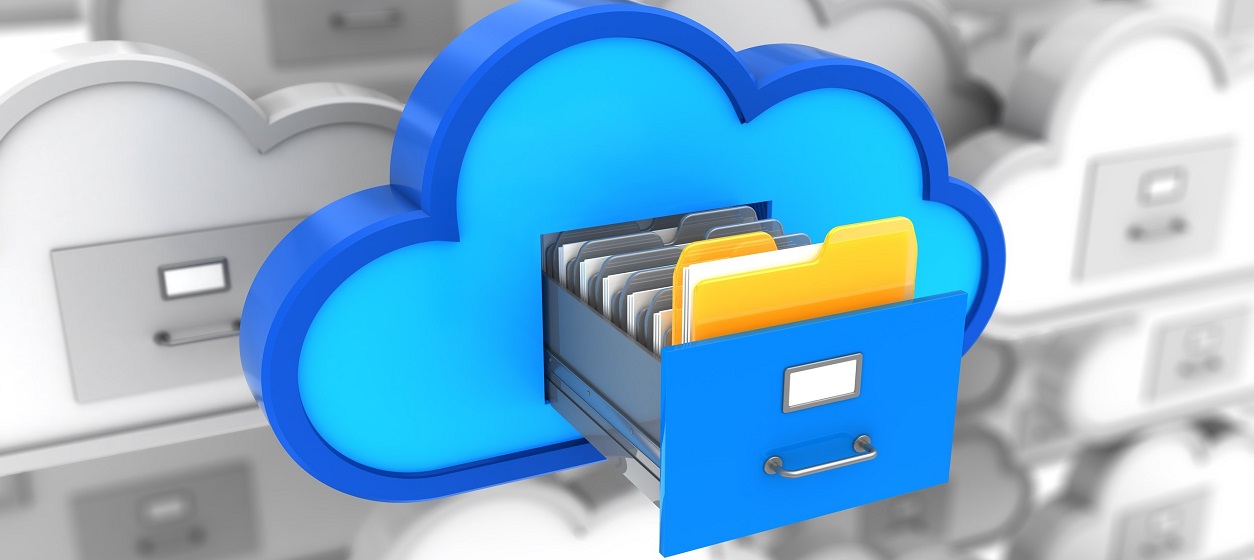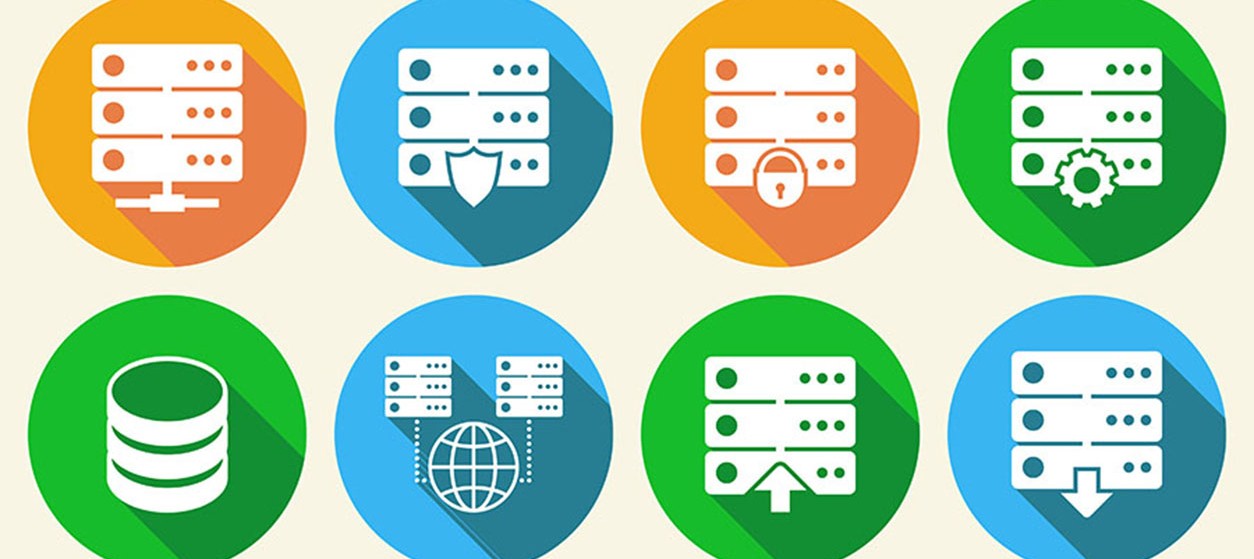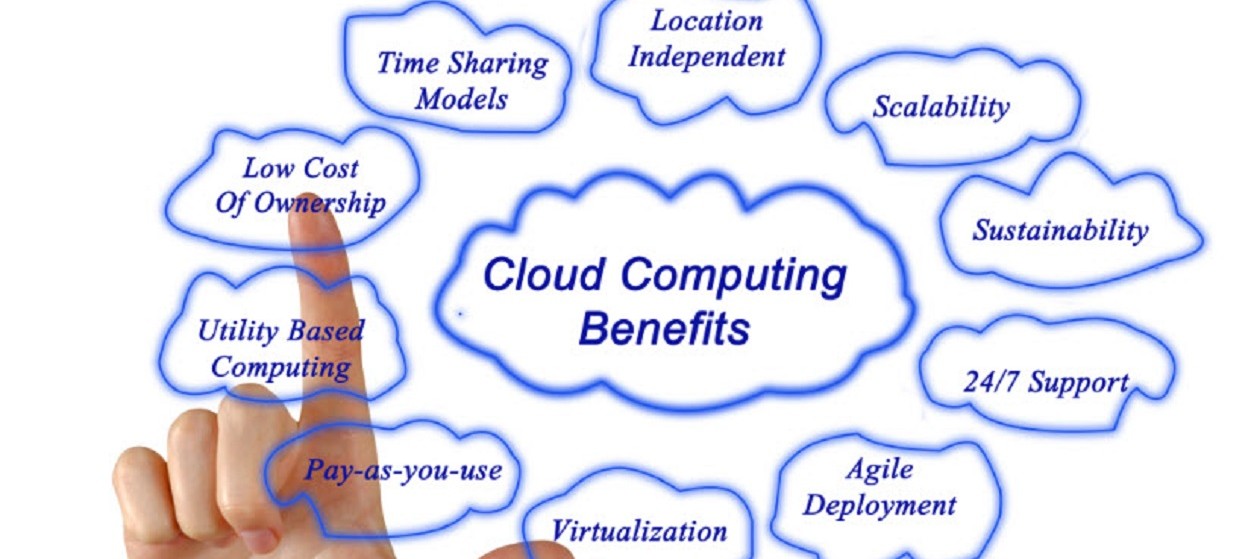Ten years ago, the advent of cloud computing introduced a radical shift in the way we understand and use IT services. During the last decade, conventional on-premise deployments that required heavy upfront capital investments on IT infrastructure, started giving their place to cloud based deployments and pay-as-you-go models. Nowadays, the seminal phrase “The cloud is the computer” is more topical than ever before.
The rise of cloud computing has also come with various cloud services delivery models, including Software as a Service (SaaS), Platform as a Service (PaaS) and Infrastructure as a Service (IaaS). IaaS enabled scalable, elastic, on-demand access to computing resources such as computing cycles and storage, while PaaS bundled tools and platforms over cloud-based access to computing resources. Nevertheless, SaaS has been the model that surged in popularity, as it facilitated seamless access to entire software applications in a way that hided all the underlying complexity of licensing, deployment, installation and provisioning of the required computing resources. SaaS changed completely the way Small Medium Businesses (SMB) perceived IT, as it enabled them to access enterprise applications like the ever-important ERP (Enterprise Resource Planning) and CRM (Customer Relationship Management) application, without a need to own software and computing infrastructure. SaaS’s success is reflected in the popularity and growth of companies like Salesforce.com, which was one of first ones to achieve billion dollars turn over based on SaaS revenues.
Ever since cloud computing providers have been launching, offering and promoting on-demand access to virtually any type of computing service or resource, which gave rise to the wave of “Everything-as-a-Service”. However, SaaS has always been the dominant cloud computing model and the main revenue driver for most cloud computing companies. While this won’t change overnight, latest computing trends are pushing new types of cloud computing services that are finding their position in the SaaS landscape. In particular, SaaS services are driven by evolutions in the Internet of Things (IoT), Machine Learning and Artificial Intelligence, as well as by the rising momentum of blockchain technology.
SaaS in the IoT era: Sensing as a Service
IoT is growing in popularity as billions of devices are getting connected to the Internet and interact between themselves and with human users. In most cases, IoT devices are integrated in the cloud, in order to benefit from the scalability, capacity and quality of service of cloud computing infrastructures. As a prominent example, smart cities are integrating thousands of sensors in the cloud as a means of supporting intelligent applications like smart energy and smart water management. In this context, a new type of SaaS is emerging, namely Sensing as a Service. The latter enables the creation of intelligence IoT workflows, based on the selection of data from proper sensors, their orchestration in complex data services and the ultimately the implementation of actuating functions that are triggered upon the interpretation of specific phenomena. In this way, Sensing as a Service brings new monetization opportunities for cloud services providers and network operators, notably opportunities associated with the on-demand processing and analysis of environment data and environment generated content. Sensing as a Service does not only decouple developers and users of sensing services from the need to maintain their own premise computing infrastructure, but it also offers them access to IoT infrastructure that is typically very costly and difficult to deploy.
Read Also: Five ways to leverage IoT Technology
Machine Learning & AI as a Service
With AI being one of the hottest trends of our time, cloud providers are deploying and rolling out specialized SaaS services that offer access to machine learning tools and enable enterprises to test, validate, deploy and visualize AI algorithms. Such services are conveniently called Machine Learning as a Service (MLaaS) and enable companies (especially SMBs) to gain access to scalable infrastructures for data mining on-demand, whenever and wherever they need them. MLaaS cloud tools enable data visualization, access to specialized signal processing libraries, face recognition and visual scene analysis, natural language processing, predictive analytics, deep learning, as well as access to a wide range of tool kits for handling and processing BigData. Most of the above-listed tools are computationally intensive and benefit from cloud computing infrastructures residing at the providers’ data centers. All major cloud providers offer MLaaS infrastructures and tools as a means of facilitating their customers to use and fully leverage advanced AI tools and technologies.
Read More: The different types of Machine Learning
Blockchain as a Service (BaaS)
During the last couple of years, there is a surge of interest on applications of blockchain technology, which are no longer limited to cryptocurrencies and the finance services industry, but rather span virtually all application domains. Despite the popularity of blockchain technologies, there is still no easy way to develop, deploy and use decentralized blockchain infrastructures. This has motivated cloud providers to plan a new offering, namely Blockchain as a Service (BaaS), which allows cloud users to develop, host and deploy their own blockchain applications in the cloud. The functionalities offered include hosting of blockchain nodes, tools for implementing and managing smart contracts, as well as support in configuring the infrastructure and their applications. BaaS services are destined to facilitate blockchain adopters in their efforts to create, configure and operate blockchains. BaaS providers undertake the complex task of setting up and configuring complex blockchain infrastructures, while at the same time enabling their customers to access them for a fee and in a pay as you go fashion i.e. similar to the SaaS paradigm. Hence, customers can focus on implementing business logic and solving problems in a decentralized way, rather than spending time and effort to implement blockchain-based digital plumbing and to deal with challenging configuration, performance and operational issues.
Read More: What’s the business behind Blockchain?
Overall, more than ten years following the introduction of the cloud computing paradigm, new cloud computing models are emerging. These models can be seen as evolutions of the SaaS model, in order to support the new wave of IoT, AI and blockchain applications. The latter provide potential for disruptive innovation, yet they require setting up and managing complex infrastructures (e.g., sensors, smart objects, blockchains, AI algorithms) that several enterprises (notably SMBs) are not willing to handle. Cloud providers come to alleviate this gap based on new cloud services that could help them differentiate from competitors and create new revenue streams. It’s probably worth exploring such services as part of your future or on-going AI, IoT and blockchain application development efforts.










